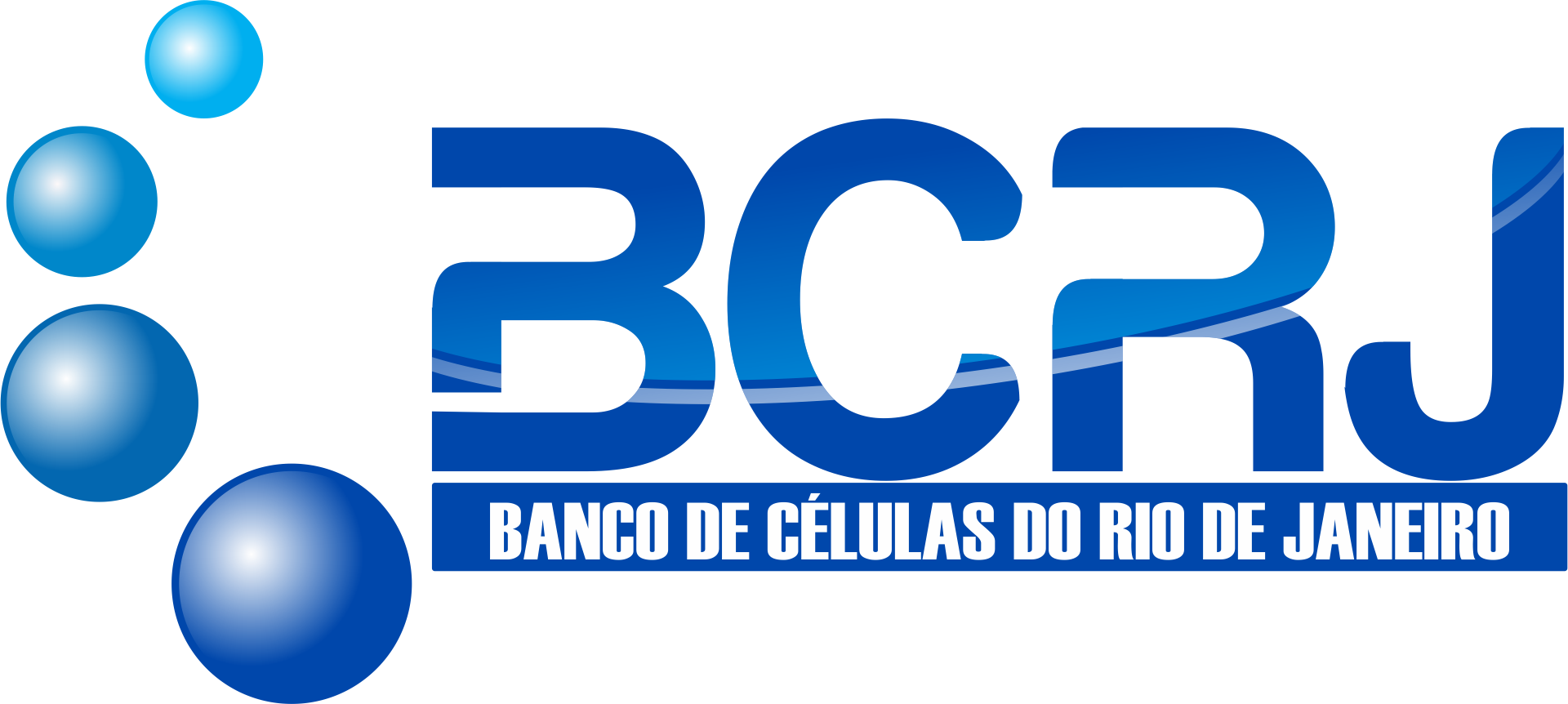| BCRJ Code | 0419 |
| Cell Line | P19 |
| Species | Mus musculus |
| Vulgar Name | Mouse; C3H/He |
| Tissue | Embryo |
| Cell Type | Epithelial |
| Morphology | Epithelial |
| Disease | Teratocarcinoma |
| Growth Properties | Adherent |
| Sex | Male |
| Derivation | The P19 line was derived from an embryonal carcinoma induced in a C3H/He mouse. |
| Applications | This cell line is a suitable transfection host. |
| Biosafety | 1 |
| Addtional Info | The line can be cloned at high efficiency in medium containing 0.1 mM 2-mercaptoethanol. The cells are pluripotent. The cell can be induced to differentiate into neural and glial like cells in the presence of 500 nM retinoic acid. In the presence of 0.5% to 1.0% dimethylsulfoxide (DMSO) the cells differentiate to form cardiac and skeletal muscle-like elements, but do not form neural or glial like cells. In the presence of both DMSO and retinoic acid, the cells differentiate as in the presence of retinoic acid alone. |
| Culture Medium | Alpha Minimum Essential Medium with ribonucleosides and deoxyribonucleosides; bovine calf serum to a final concentration of 7.5%; fetal bovine serum to a final concentration of 2.5%. |
| Subculturing | Volumes are given for a 75 cm2 flask. Increase or decrease the amount of dissociation medium needed proportionally for culture vessels of other sizes. Do not allow the cells to become confluent. Remove and discard culture medium. Briefly rinse the cell layer with 0.25% (w/v) Trypsin- 0.53 mM EDTA solution to remove all traces of serum which contains trypsin inhibitor. Add 2.0 to 3.0 mL of Trypsin-EDTA solution to flask and observe cells under an inverted microscope until cell layer is dispersed (usually within 5 to 15 minutes). Note: To avoid clumping do not agitate the cells by hitting or shaking the flask while waiting for the cells to detach. Cells that are difficult to detach may be placed at 37°C to facilitate dispersal. Add 6.0 to 8.0 mL of complete growth medium and aspirate cells by gently pipetting. Add appropriate aliquots of the cell suspension to new culture vessels. Incubate cultures at 37°C. |
| Subculturing Medium Renewal | Add fresh medium at least every 48 hours |
| Subculturing Subcultivation Ratio | 1:10 every 2 to 3 days is recommended |
| Culture Conditions | Atmosphere: air, 95%; carbon dioxide (CO2), 5% |
| Cryopreservation | 95% FBS + 5% DMSO (Dimethyl sulfoxide) |
| Thawing Frozen Cells | SAFETY PRECAUTION:
It is strongly recommended to always wear protective gloves, clothing, and a full-face mask when handling frozen vials. Some vials may leak when submerged in liquid nitrogen, allowing nitrogen to slowly enter the vial. Upon thawing, the conversion of liquid nitrogen back to its gas phase may cause the vial to explode or eject its cap with significant force, creating flying debris.
NOTE: It is important to avoid excessive alkalinity of the medium during cell recovery. To minimize this risk, it is recommended to place the culture vessel containing the growth medium in the incubator for at least 15 minutes before adding the vial contents. This allows the medium to stabilize at its normal pH (7.0 to 7.6). |
| References | Bennicelli JL, et al. Mechanism for transcriptional gain of function resulting from chromosomal translocation in alveolar rhabdomyosarcoma. Proc. Natl. Acad. Sci. USA 93: 5455-5459, 1996. PubMed: 8643596 Jones-Villeneuve EM, et al. Retinoic acid induces embryonal carcinoma cells to differentiate into neurons and glial cells. J. Cell Biol. 94: 253-262, 1982. PubMed: 7107698 McBurney MW, Rogers BJ. Isolation of male embryonal carcinoma cells and their chromosome replication patterns. Dev. Biol. 89: 503-508, 1982. PubMed: 7056443 McBurney MW, et al. Control of muscle and neuronal differentiation in a cultured embryonal carcinoma cell line. Nature 299: 165-167, 1982. PubMed: 7110336 |
| Depositors | Mari Cleide Sogayar - USP |
| Cellosaurus | CVCL_2153 |



